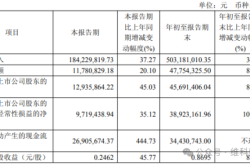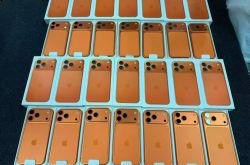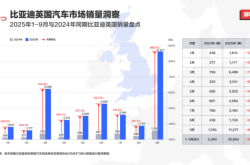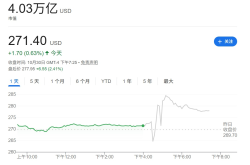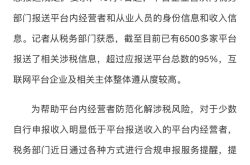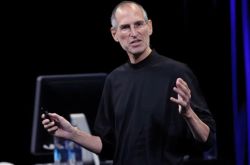Cruise's Collapse, Tesla's Setbacks, Waymo's Challenges: Who Will Navigate the US Stock Market Turmoil?
![]() 04/07 2025
04/07 2025
![]() 483
483
Introduction
The autonomous driving landscape in the US in 2025 resembles a real-life "Game of Thrones," filled with twists and turns.
Last night's "Black Friday" storm on the US stock market saw the Dow Jones Industrial Average plummet 1,400 points, Tesla's share price nosedive over 10%, NVIDIA's market value erode by RMB 1.28 trillion, and even Waymo's parent company Alphabet witness its market value shrink by USD 300 billion.
As capital tides recede, Cruise gets absorbed by General Motors and lays off 50% of its workforce, Tesla's Cybertruck encounters frequent autonomous driving accidents, and in the industry's harsh winter where California's testing mileage has halved, who remains resilient? Who will ultimately prevail?
Let's delve into this with WuRenCheLaiYe (Public Account: WuRenCheLaiYe)!
(For reference, please click:
"South Korea's ECNS: Support from the US and China is pivotal for the rapid development of driverless technology, and China's autonomous driving model has emerged as a benchmark")
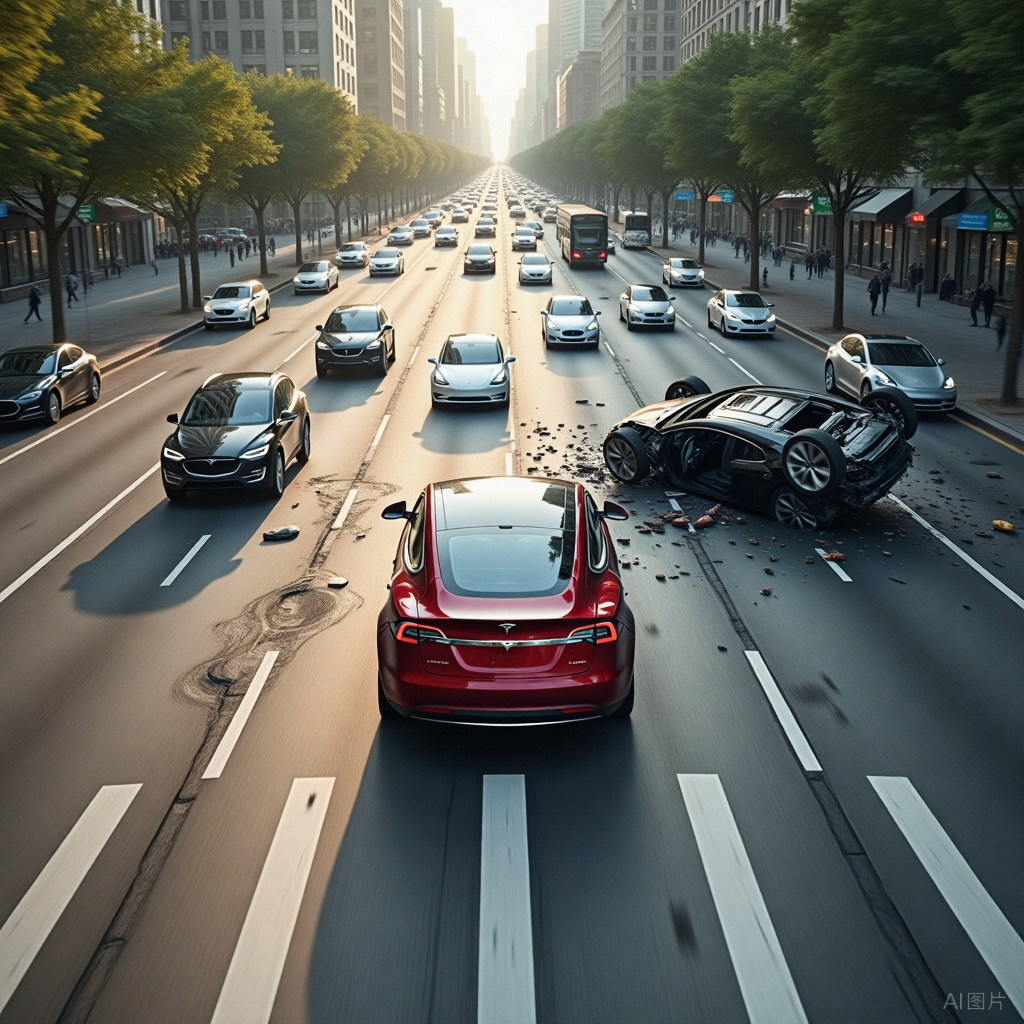
I. Cruise's Collapse: From a USD 30 Billion Valuation to Seeking Survival Through "Sell-Out"
Cruise's journey is nothing short of a tragic rollercoaster ride.
In 2013, two tech enthusiasts tinkered with a prototype vehicle, RP-1, in a San Francisco garage, which was later acquired by General Motors for USD 581 million. At its peak, Cruise was valued at up to USD 30 billion, renowned alongside Waymo as one of the "two titans" of autonomous driving. However, immature technology and frequent accidents sent it spiraling down:
2022: Obtained a 24/7 operating license in San Francisco with 100 Robotaxis on the road, planning to expand to 5,000 vehicles. 2023: An autonomous taxi struck a pedestrian, leading to the revocation of its California license and the resignation of its founder. 2024: General Motors halted funding, laid off 50% of staff, and merged its technical team into the parent company.
Ironically, Cruise burned through USD 10 billion cumulatively and was ultimately sold for just one-sixth of its peak valuation.
One investor lamented, "This isn't car manufacturing; it's clearly gambling with dollars!"
And in last night's stock market crash, General Motors' share price fell another 5%, with its market value dropping below USD 40 billion. This "sell-out" for survival is merely the prelude to the capital winter.
II. Two Rounds of Reshuffling: A "Meat Grinder" Amid Receding Capital Tides
The two rounds of reshuffling in the US autonomous driving industry can be described as a "bloody massacre," with the stock market crash accelerating the game towards its climax:
First Round (2020):
Starsky Robotics went bankrupt after receiving USD 21 million in funding; Uber sold its autonomous driving division ATG, with USD 500 million in investment yielding only USD 42 million in revenue; Zoox was acquired by Amazon for USD 1.2 billion, and Nuro absorbed Ike.
Second Round (2023): Argo AI shut down, with USD 2.6 billion in funding wasted; Embark laid off 70% of its staff and saw its market value evaporate by 80%; Quanergy initiated a sale, marking the fall of the lidar pioneer.
Data reveals that autonomous driving testing mileage in California plummeted by 50% in 2024, with the driverless category experiencing an even steeper drop of 83%.
The DMV report bluntly stated, "The industry has entered a cooling-off period."
And in last night's stock market crash, the autonomous driving sector collectively "tanked" - Tesla fell over 10%, Waymo's parent company Alphabet dropped 3.2%, and lidar giant Luminar declined 7%.
Capital retreated faster than Cruise could handle its accidents.
III. Waymo vs Tesla: A "Hua Shan Sword Fight" of Technological Paths
While companies like Cruise are still reeling, Waymo and Tesla are engaged in a "battle of good versus evil," with the stock market crash making this confrontation even more intense:
Waymo's "Complete Truth Sword Technique"
Hardware: 13 cameras + 4 lidars + 6 radars, with a per-vehicle cost of USD 140,000 Data: 150,000 paid trips per week, totaling 4 million trips Safety: Accident rate 3.5 times lower than humans, fully operational in San Francisco
Tesla's "Evil-Avoiding Sword Manual"
Hardware: Pure vision solution, with a per-vehicle cost of USD 15,000, only 1/9th of Waymo's cost Ambition: Launch Cybercab in Texas/California in 2025, aiming for mass production of 2 million vehicles in 2026 Controversy: Frequent accidents, with the latest lane-changing incident causing a sharp share price drop CICC calculations: Tesla's average daily order per vehicle is 20, with annual revenue potential exceeding USD 25 billion, equivalent to 1/3 of total revenue in 2023. However, the cost is safety hazards - its recognition rate in heavy rain is only 65%, while Waymo maintains 98%. In last night's stock market crash, Tesla's market value fell below USD 800 billion, prompting investors to question, "With only 28% FSD activation rate and no clear timeline for Cybercab mass production, how long will Musk's 'chopped scallions' remain fragrant?"
IV. Policy and Capital: The Invisible "Hand of God"
The US government's "left-right boxing" is reshaping the industry landscape, and the stock market crash creates a bizarre hedge between policy dividends and capital withdrawal:
Loose Policy: NHTSA abolished the annual exemption cap, allowing more testing; 24 states have opened up autonomous driving deployment, and 12 states allow testing
Capital Cooling: In 2024, autonomous driving funding fell by 60% year-on-year; Aptiv halted investment in Motional, and Aurora laid off 3%.
The most perplexing case is California: while revoking Cruise's license, it allows Waymo to operate throughout the state. A regulator candidly stated, "We must encourage innovation while avoiding becoming a 'license to kill'." And in last night's stock market crash, Tesla's federal tax credit policy faced the risk of cancellation, which could increase the cost of its FSD by another 15%, adding insult to injury.
V. The Battle of the Future: Who Will Laugh Last?
In this "survival of the fittest" game, the three major players are each showcasing their prowess, with the stock market crash intensifying the survival competition:
Waymo: Steady progress with a fleet of 700 vehicles covering 500 square miles; plans to achieve L4 fully autonomous driving by 2026.
Tesla: Gambler mentality
Launch of Cybercab in 2025, betting on a mapless solution;
Aiming to reduce cost to USD 15,000, outscaling Waymo in scale.
Zoox: Backed by Amazon
Aggressive design of a steering wheel-less minibus; plans for mass production in 2026 to serve the logistics ecosystem.
CICC predicts that 2025 will be a pivotal year, with technological breakthroughs, cost control, and policy adaptation determining the winners and losers.
An industry insider bluntly stated, "What's being compared now isn't technology, but who can 'burn money' better!"
And in last night's stock market crash, Waymo's parent company Alphabet announced an additional investment of USD 5 billion, while Tesla was forced to postpone mass production of Cybercab. The endgame of this "money-burning" game may arrive sooner than expected.
The "Darkest Hour" for Autonomous Driving?
While Cruise's demise is still fresh, Tesla's accidents are frequent, and Waymo's "steel tide" is sweeping through US streets.
There are no losers in this game, only survivors. Perhaps, as Musk said, "Autonomous driving is humanity's greatest adventure, and we are all gamblers."
In this era of uncertainty, who do you bet on?
In summary, WuRenCheLaiYe (Public Account: WuRenCheLaiYe) believes that the bloodshed in the US autonomous driving scene continues. As Waymo's driverless vehicles pass by Cruise's tombstone and Tesla's Cybercab rushes into the rainy night, we finally comprehend: behind the technology carnival lies a game of capital, struggles of human nature, and boundless imagination of the future. After all, in this era of AI, even God is rolling the dice. What do you think, dear reader?

